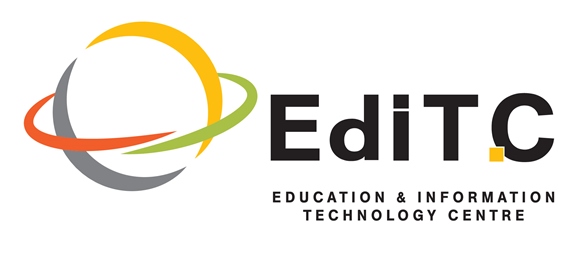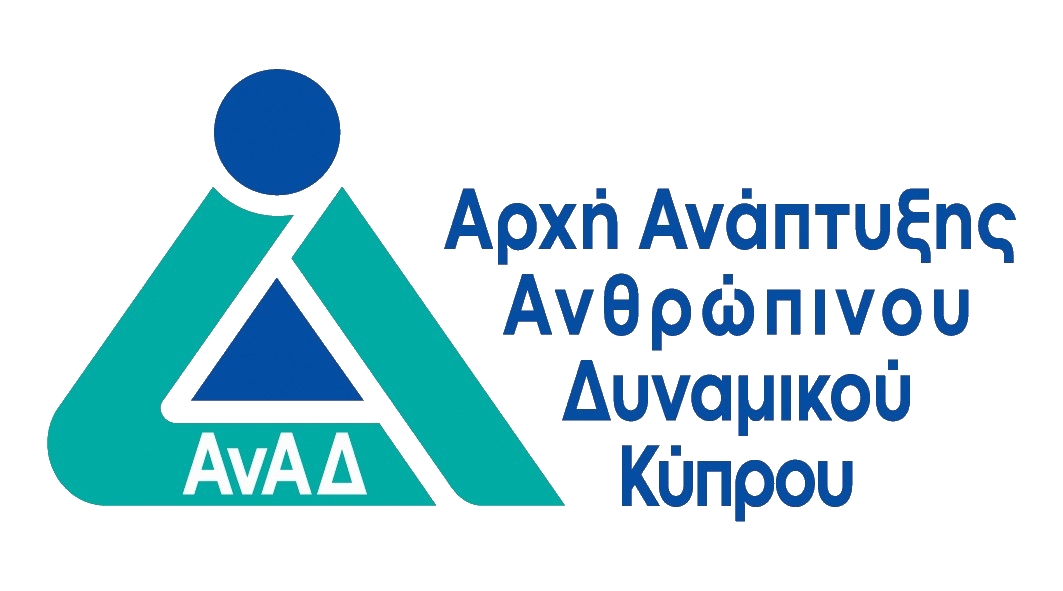
Microsoft 365 Administrator Essentials (Course MS-102T00)
- Πληροφορική - Επαγγελματίες IT

ΠΕΡΙΓΡΑΦΗ
This course covers the following key elements of Microsoft 365 administration: Microsoft 365 tenant management, Microsoft 365 identity synchronization, and Microsoft 365 security and compliance. In Microsoft 365 tenant management, you learn how to configure your Microsoft 365 tenant, including your organizational profile, tenant subscription options, component services, user accounts and licenses, security groups, and administrative roles. You then transition to configuring Microsoft 365, with a primary focus on configuring Office client connectivity. Finally, you explore how to manage user-driven client installations of Microsoft 365 Apps for enterprise deployments.
ΣΚΟΠΟΣ ΣΕΜΙΝΑΡΙΟΥ
Upon completion of this course the participants will :
- Describe the various types of groups available in Microsoft 365.
- Describe the Azure RBAC permission model used in Microsoft 365.
- Describe the most common Microsoft 365 admin roles.
- Describe the Microsoft 365 Apps for enterprise functionality.
- Describe the Microsoft 365 authentication and provisioning options
- Describe techniques hackers use to compromise user accounts through email, compromise data and gain control over resources
- Describe the principles and components of the Zero Trust security model and the five steps to implementing a Zero Trust security model in your organization
- Describe how Microsoft 365 Threat Intelligence can be beneficial to your organization’s security officers and administrators
- Describe how Privileged Identity Management enables you to manage, control, and monitor access to important resources in your organization
- Describe Azure Identity Protection (AIP) and what kind of identities can be protected
- List several mechanisms used by Exchange Online Protection to filter spam and malware and how the Safe Attachments feature in Microsoft Defender for Office 365 blocks zero-day malware in email attachments and documents.
- Describe how the Safe Links feature
- Describe the end-user experience when an email attachment is scanned and found to be malicious
- Describe how a transport rule can disable a Safe Links policy and the end-user experience when Safe Links identifies a link to a malicious website embedded in email, and a link to a malicious file hosted on a website
- Describe how threat intelligence in Microsoft 365 is powered by the Microsoft Intelligent Security Graph.
- Describe how Microsoft Defender for Cloud Apps provides improved visibility into network cloud activity and increases the protection of critical data across cloud applications.
- Describe how Microsoft Defender for Endpoint helps enterprise networks prevent, detect, investigate, and respond to advanced threats.
- Describe the protection stack provided by Microsoft Defender for Office 365.
ΣΕ ΠΟΙΟΥΣ ΑΠΕΥΘΥΝΕΤΑΙ
- IT Professionals
- Microsoft 365 and Azure administrators
- Support Staff and Technicians
Prerequisites
Before attending this course, students must have:
- Completed a role-based administrator course such as Messaging, Teamwork, Security and Compliance, or Collaboration.
- A proficient understanding of DNS and basic functional experience with Microsoft 365 services.
- A proficient understanding of general IT practices.
ΠΕΡΙΣΣΟΤΕΡΕΣ ΠΛΗΡΟΦΟΡΙΕΣ
Course Topics
- Module 1: Configure your Microsoft 365 experience
This module examines each of the tasks that an organization must complete to successfully configure its Microsoft 365 experience. - Module 2: Manage users, contacts, and licenses in Microsoft 365
This module provides instruction on how to manage user accounts and licenses in Microsoft 365, create and manage user accounts, assign Microsoft 365 licenses to users, and recover deleted user accounts. - Module 3: Manage groups in Microsoft 365
This module provides instruction on how to create groups for distributing email to multiple users within Exchange Online. It also explains how to create groups to support collaboration in SharePoint Online. - Module 4: Add a custom domain in Microsoft 365
This module provides instruction on how to add a custom domain to your Microsoft 365 deployment. It also examines the DNS requirements that are necessary to support a new domain.
Labs - Module 5: Configure client connectivity to Microsoft 365
This module examines how clients connect to Microsoft 365. It also provides instruction on how to configure name resolution and Outlook clients, and how to troubleshoot client connectivity.
Labs - Module 6: Configure administrative roles in Microsoft 365
This module examines the key functionality that's available in the more commonly used
Microsoft 365 admin roles. It also provides instruction on how to configure these roles. - Module 7: Manage tenant health and services in Microsoft 365
This module examines how to monitor your organization's transition to Microsoft 365 using Microsoft 365 tools. It also examines how to develop an incident response plan and request assistance from Microsoft. - Module 8: Deploy Microsoft 365 Apps for enterprise
This module examines how to implement the Microsoft 365 Apps for enterprise productivity suite in both user-driven and centralized deployments. - Module 9: Analyze your Microsoft 365 workplace data using Microsoft Viva Insights
This module examines the workplace analytical features of Microsoft Viva Insights, including how it works, and how it generates insights and improves collaboration within an organization. - Module 10: Explore identity synchronization
This module examines identity synchronization and explores the authentication and provisioning options that can be used, and the inner-workings of directory synchronization. - Module 11: Prepare for identity synchronization to Microsoft 365
This module examines all the planning aspects that must be considered when implementing directory synchronization between on-premises Active Directory and Microsoft 365. - Module 12: Implement directory synchronization tools
This module examines the Azure AD Connect and Azure AD Connect Cloud Sync installation requirements, the options for installing and configuring the tools, and how to monitor synchronization services using Azure AD Connect Health. - Module 13: Manage synchronized identities
This module examines how to manage user identities when Azure AD Connect is configured, how to manage users and groups in Microsoft 365 with Azure AD Connect, and how to maintain directory synchronization. - Module 14: Manage secure user access in Microsoft 365
This module examines various password-related tasks for users and administrators, including:- creating and configuring password policies
- configuring self-service password management
- configuring multifactor authentication
- implementing entitlement packages
- implementing conditional access policies
- Module 15: Examine threat vectors and data breaches
This module examines the types of threat vectors and their potential outcomes that organizations must deal with on a daily basis and how users can enable hackers to access targets by unwittingly executing malicious content. - Module 16: Explore the Zero Trust security model
This module examines the concepts and principles of the Zero Trust security model, as well as how Microsoft 365 supports it, and how your organization can implement it. - Module 17: Explore security solutions in Microsoft 365 Defender
This module introduces you to several features in Microsoft 365 that can help protect your organization against cyberthreats, detect when a user or computer has been compromised, and monitor your organization for suspicious activities. - Module 18: Examine Microsoft Secure Score
This module examines how Microsoft Secure Score helps organizations understand what they've done to reduce the risk to their data and show them what they can do to further reduce that risk. - Module 19: Examine Privileged Identity Management
This module examines how Privileged Identity Management ensures users in your organization have just the right privileges to perform the tasks they need to accomplish. - Module 20: Examine Azure Identity Protection
This module examines how Azure Identity Protection provides organizations the same protection systems used by Microsoft to secure identities. - Module 21: Examine Exchange Online Protection
This module examines how Exchange Online Protection (EOP) protects organizations from phishing and spoofing. It also explores how EOP blocks spam, bulk email, and malware before they arrive in users’ mailboxes. - Module 22: Examine Microsoft Defender for Office 365
This module examines how Microsoft Defender for Office 365 extends EOP protection by filtering targeted attacks such as zero-day attacks in email attachments and Office documents, and time-of-click protection against malicious URLs. - Module 23: Manage Safe Attachments
This module examines how to manage Safe Attachments in your Microsoft 365 tenant by creating and configuring policies and using transport rules to disable a policy from taking effect in certain scenarios. - Module 24: Manage Safe Links
This module examines how to manage Safe Links in your tenant by creating and configuring policies and using transport rules to disable a policy from taking effect in certain scenarios. - Module 25: Explore threat intelligence in Microsoft 365 Defender
This module examines how Microsoft 365 Threat Intelligence provides admins with evidence-based knowledge and actionable advice that can be used to make informed decisions about protecting and responding to cyber-attacks against their tenants. - Module 26: Implement app protection by using Microsoft Defender for Cloud Apps
This module examines how to implement Microsoft Defender for Cloud Apps, which identifies and combats cyberthreats across all your Microsoft and third-party cloud services. - Module 27: Implement endpoint protection by using Microsoft Defender for Endpoint
This module examines how Microsoft Defender for Endpoint helps enterprise networks prevent, detect, investigate, and respond to advanced threats by using endpoint behavioral sensors, cloud security analytics, and threat intelligence. - Module 28: Implement threat protection by using Microsoft Defender for Office 365
This module examines the Microsoft Defender for Office 365 protection stack and its corresponding threat intelligence features, including Threat Explorer, Threat Trackers, and Attack simulation training.
Πληροφορίες Εκπαιδευτή
Αναλυτικό Κόστος Σεμιναρίου
Για Δικαιούχους ΑνΑΔ
- € 850.00
- € 595.00
- € 0.00
- € 255.00
- € 255.00
Για μη-Δικαιούχους ΑνΑΔ
- € 850.00
- € 0.00
- € 161.50
- € 850.00
- € 1,011.50
 Ελληνικά
Ελληνικά  English
English



 Ελληνικά
Ελληνικά
 35 ώρες
(
5 μέρες
)
35 ώρες
(
5 μέρες
)







